The Thunderhead B was the second variant of this airframe. The engineers decided to utilize the powerful engines and sufficient maneuverability to have the aircraft become capable of an interceptor role for the Wright Navy, with an internal nose autocannon, radar, and air to air loadout. It would go on to be underutilized in the interception role, as the Wright Navy refused to admit the Thunderhead was a superior platform for air to air combat over the Wraith D as they had just spent a considerable amount of their budget for aircraft on the latter, and the Thunderhead would primarily go on to be used for bombing campaigns, although it certainly wasn't weak in that role as it had a considerable payload of P500s and guided bombs at its disposal. Much back and forth was had on retiring the airframe early due to maintenance costs and cost overruns but it was kept in service anyhow and would see a fairly positive combat record. VTOL down for flaps, up for wing fold. Activation Groups: 1 to activate tail hook, 2 to jettison wing fuel tanks, 3 to open internal bomb bay, 4 to activate second group of internal bombs, 5 to jettison external P500 bombs, 6 to activate fuel probe, 7 to jettison guided bombs, 8 for master arm.
Specifications
General Characteristics
- Created On Windows
- Wingspan 51.2ft (15.6m)
- Length 73.8ft (22.5m)
- Height 21.1ft (6.4m)
- Empty Weight 71,184lbs (32,288kg)
- Loaded Weight 85,140lbs (38,618kg)
Performance
- Power/Weight Ratio 2.549
- Wing Loading 94.3lbs/ft2 (460.4kg/m2)
- Wing Area 902.8ft2 (83.9m2)
- Drag Points 10266
Parts
- Number of Parts 338
- Control Surfaces 8
- Performance Cost 2,295

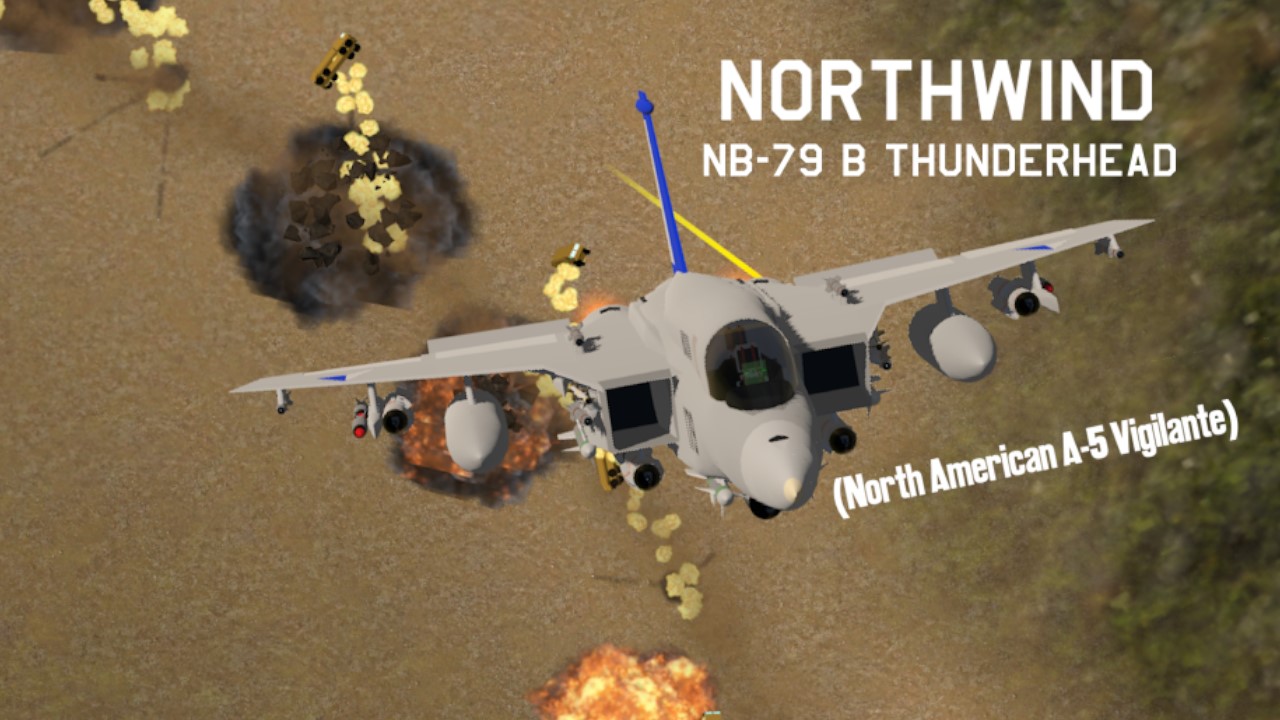
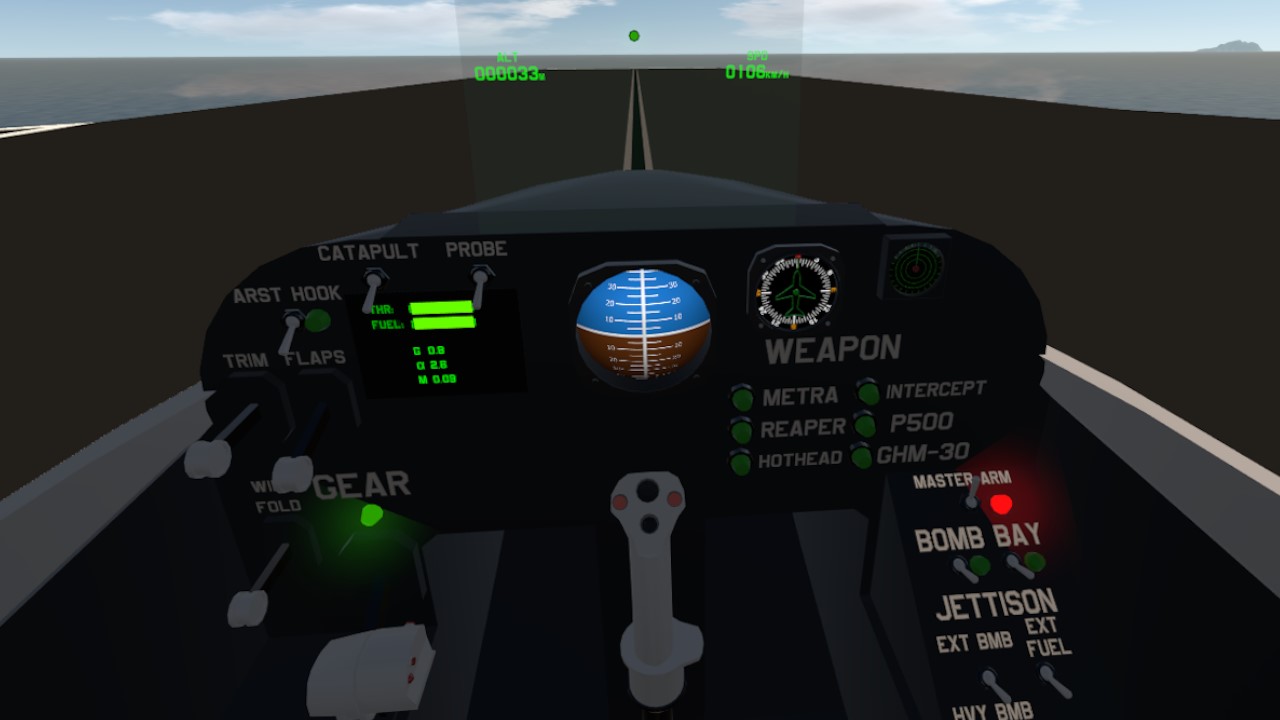
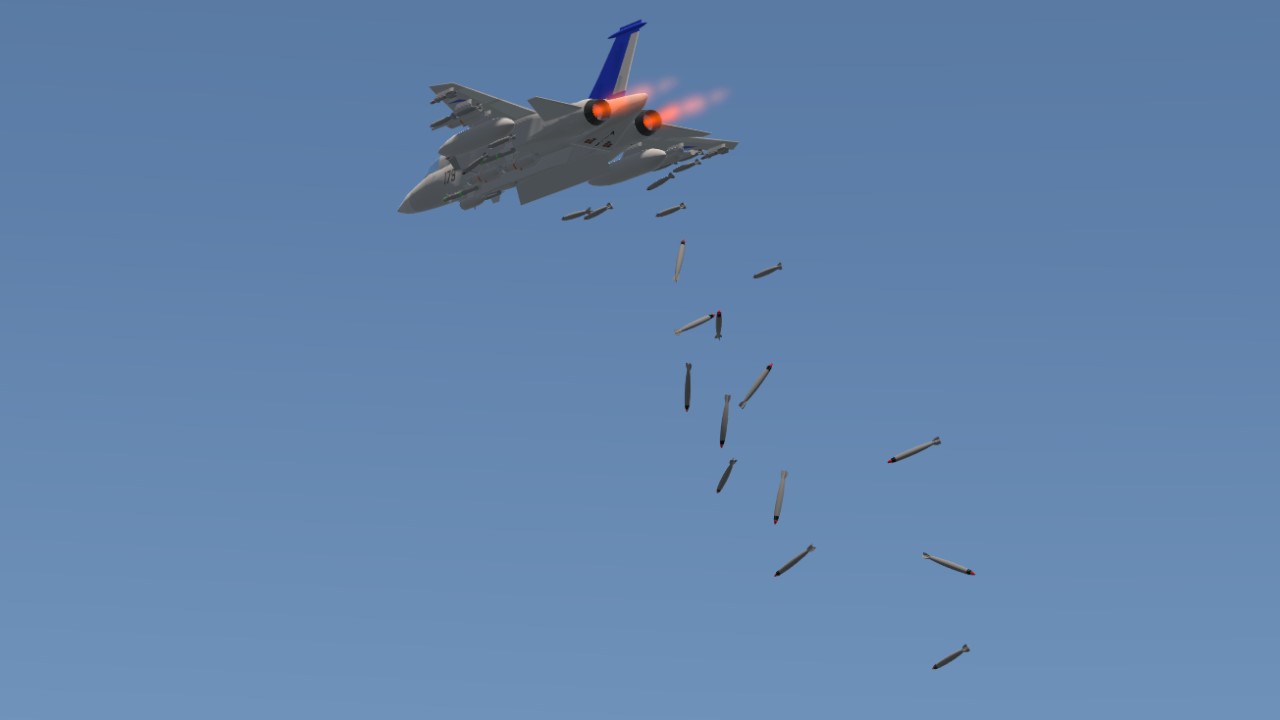
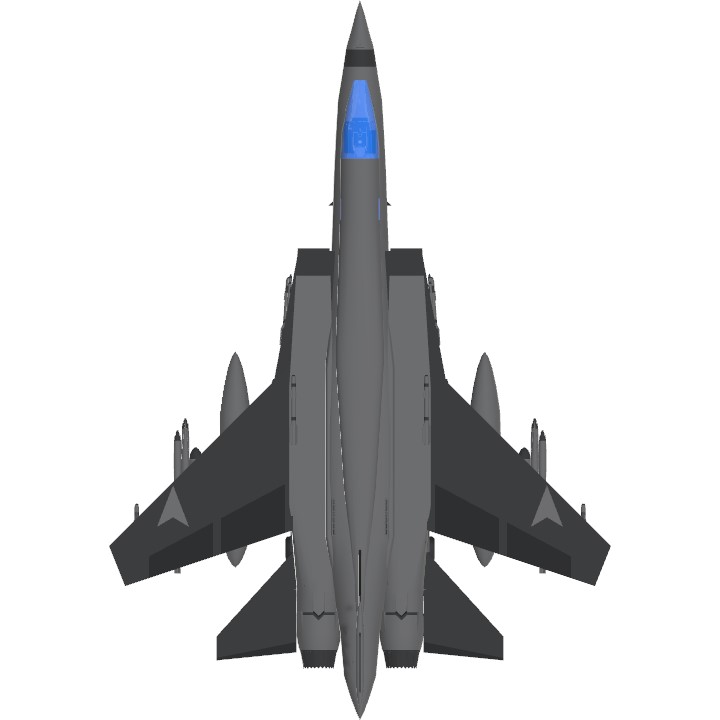
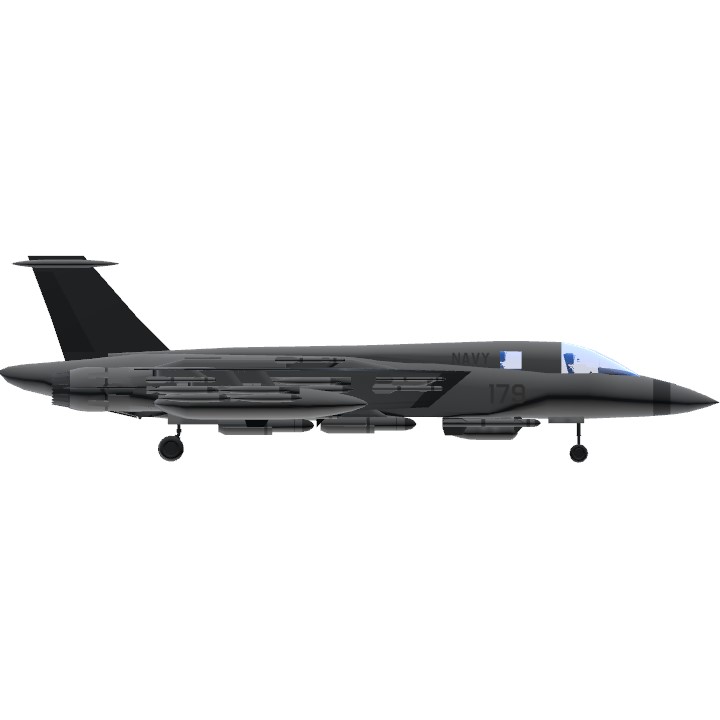

Cool